Home>Home Maintenance>How Far Can You Plant A Tree From Drainage Field
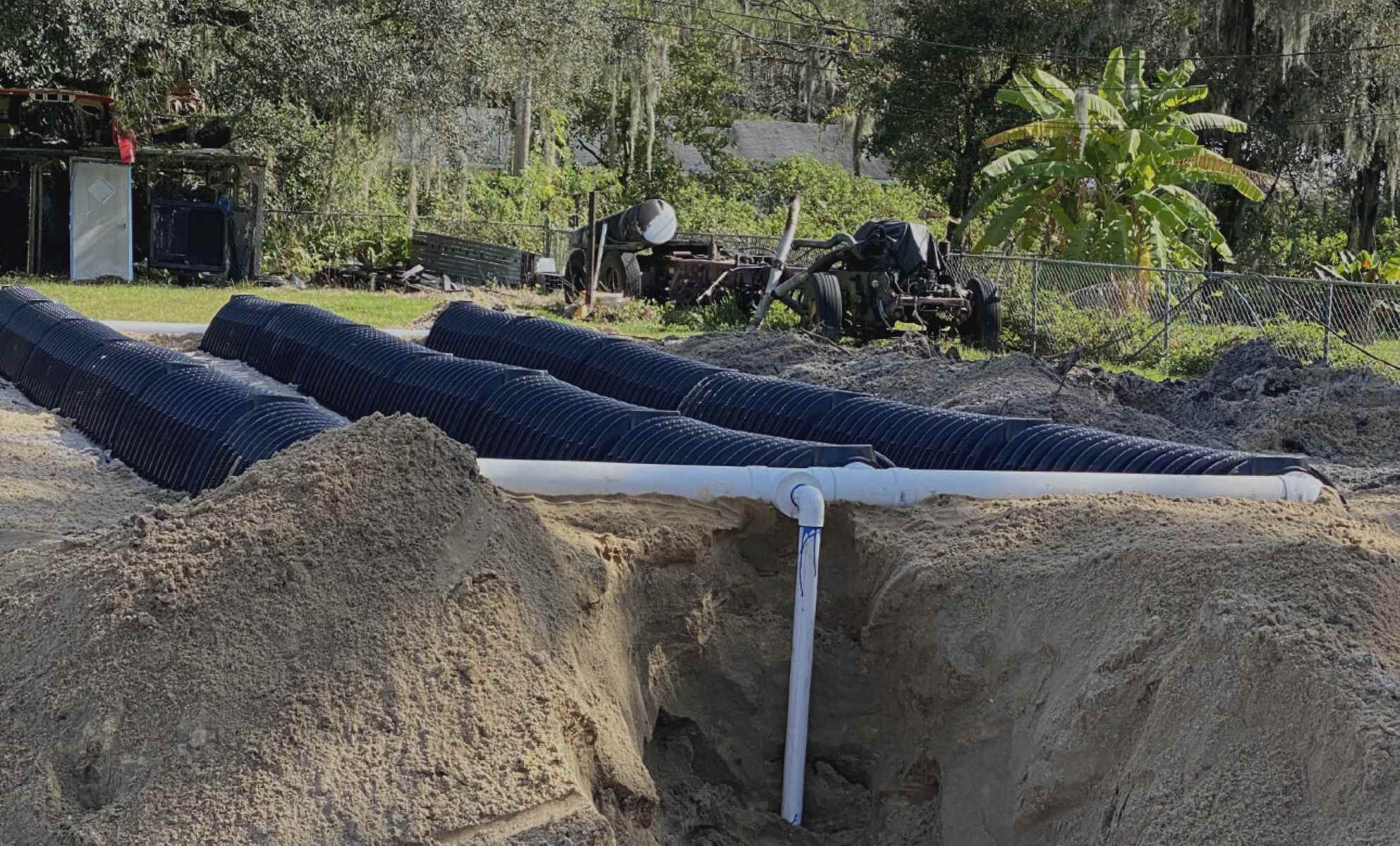

Home Maintenance
How Far Can You Plant A Tree From Drainage Field
Modified: March 7, 2024
Discover the ideal distance for planting trees from your drainage field to prevent any potential damage. Learn more about home maintenance tips at [website].
(Many of the links in this article redirect to a specific reviewed product. Your purchase of these products through affiliate links helps to generate commission for Storables.com, at no extra cost. Learn more)
Introduction
Welcome to our comprehensive guide on planting trees near drainage fields. Homeowners often desire to add trees to their property for aesthetic appeal, shade, and environmental benefits. However, when it comes to planting trees near drainage fields, there are specific regulations and guidelines to consider.
A drainage field, also known as a septic drain field or leach field, is a crucial part of a septic system. It helps to filter and process wastewater from your home, allowing the treated effluent to safely return to the environment. Planting trees too close to a drainage field can potentially cause damage and complicate the functioning of the system.
In this article, we will explore the regulations and guidelines for planting trees near drainage fields, consider the factors that need to be taken into account, recommend suitable tree species for this purpose, determine the appropriate distance for planting trees, discuss the potential risks involved, highlight the benefits of planting trees near drainage fields, and provide you with the steps for proper tree planting. So, let’s dive in!
Key Takeaways:
- Planting trees near drainage fields requires careful consideration of regulations, tree species, and distance to avoid damaging the septic system and enjoy benefits like aesthetics, shade, and environmental conservation.
- Selecting suitable tree species with non-invasive roots, adhering to setback distances, and proper planting and maintenance are essential for successful tree planting near drainage fields while preserving septic system functionality.
Read more: How Far To Plant Tree From Fence
Regulations and Guidelines for Planting Trees Near Drainage Fields
Planting trees near drainage fields should be done with caution and in compliance with local regulations and guidelines. These regulations are in place to protect the integrity and functionality of the septic system. Here are some of the key considerations:
- Know the setback requirements: Setback requirements refer to the minimum distance that must be maintained between the drainage field and any structures, including trees. Contact your local health department or septic system professional to determine the specific setback requirements in your area.
- Avoid root intrusion: Tree roots can potentially intrude and damage septic drain lines, causing blockages and costly repairs. Choose tree species with non-invasive root systems or plants that have shallow root structures.
- Consider the size of the mature tree: It’s important to consider the size of the tree at maturity when planning its placement near a drainage field. Large trees with expansive root systems should be avoided as they pose a higher risk of root intrusion.
- Understand the water requirements: Trees planted near drainage fields should not have high water requirements. Excess water usage by trees can overload the septic system and hinder its proper functioning.
- Consult a professional: If you are unsure about the regulations and guidelines specific to your area, it is recommended to consult with a local arborist or septic system expert. They can provide you with valuable information and guidance for planting trees near drainage fields.
By adhering to these regulations and guidelines, you can ensure that your tree planting activities near drainage fields are in compliance with local standards and help to preserve the functioning of the septic system.
Factors to Consider when Planting Trees Near Drainage Fields
When planting trees near drainage fields, several factors need to be carefully considered to protect the integrity of the septic system and ensure the health of the trees. Let’s explore these factors in more detail:
- Root System: The root system of a tree is crucial to consider when planting near drainage fields. Look for tree species that have non-invasive root systems or shallow root structures. This will help prevent root intrusion into the septic drain lines, minimizing the risk of blockages and damage.
- Water Requirements: Choose tree species that do not have high water requirements. Excessive water usage by trees near drainage fields can overload the septic system, leading to malfunction and potential damage. Drought-tolerant trees are often a good choice for these areas.
- Size at Maturity: Consider the size of the tree at maturity. Planting large trees with extensive root systems near drainage fields can increase the risk of root intrusion and disrupt the functionality of the septic system. Opt for smaller or medium-sized trees that are better suited to the available space.
- Location: Determine the appropriate location for planting trees near drainage fields. Ensure that you maintain the required setback distance, as specified by local regulations. Avoid planting trees directly above the septic drain field or any buried septic components to minimize the risk of damage.
- Soil Composition and Drainage: Assess the soil composition and drainage in the area where you plan to plant trees. Well-draining soil is essential for the proper functioning of the septic system. If you have heavy clay soil or poor drainage, it may be necessary to improve soil conditions before planting trees.
- Sun Exposure: Take into account the sun exposure of the area. Some tree species thrive in full sun, while others prefer partial shade. Consider the amount of sunlight the trees will receive when selecting appropriate species for planting near drainage fields.
By considering these factors, you can make informed decisions about the tree species to choose and their placement near drainage fields. This will help maintain the health and functionality of both the trees and the septic system.
Recommended Tree Species for Planting Near Drainage Fields
When it comes to selecting tree species for planting near drainage fields, it is important to choose those that have characteristics suitable for this specific environment. Here are some recommended tree species:
- River Birch (Betula nigra): River Birch is an excellent choice for planting near drainage fields. It has a shallow root system that is unlikely to intrude into septic drain lines. This tree thrives in moist soils and is tolerant of wet conditions.
- Serviceberry (Amelanchier spp.): Serviceberry is a small to medium-sized tree that is well-suited for planting near drainage fields. It has a fibrous root system that is less likely to cause damage to septic systems. Serviceberry trees are also known for their attractive spring blossoms and edible berries.
- Eastern Redbud (Cercis canadensis): Eastern Redbud is a beautiful flowering tree that can add a splash of color near your drainage field. It has a shallow root system and prefers well-drained soils. This tree is also adapted to a variety of sunlight conditions, making it versatile for different locations.
- White Oak (Quercus alba): White Oak is a large and long-lived tree that is relatively low-maintenance. It has a deep taproot system, which reduces the risk of root disturbance to septic drain lines. White Oak is known for its beautiful autumn foliage and provides ample shade.
- Red Maple (Acer rubrum): Red Maple is a popular choice for planting near drainage fields. It has a dense root system that helps stabilize the soil and prevent erosion. This tree is known for its vibrant red foliage in the fall and can tolerate a wide range of soil conditions.
Remember to consider the specific requirements and characteristics of each tree species, such as sunlight preferences and soil conditions, before making your final selection. Consult with a local nursery or arborist for further guidance on suitable tree species for your area.
By choosing the right tree species, you can enhance the visual appeal of your property without compromising the functionality of your septic system.
How Far Should Trees Be Planted from Drainage Fields?
The distance at which trees should be planted from drainage fields is a critical consideration to ensure the proper functioning and longevity of both the trees and the septic system. While the specific requirements may vary based on local regulations and guidelines, there are some general guidelines to follow:
Minimum setback distance: In most cases, trees should be planted at a minimum distance of 10 to 15 feet from the edges of the drainage field. This distance allows for adequate space for the tree’s root system to grow without posing a risk of root intrusion into the septic drain lines.
Local regulations: It is important to consult with your local health department or a septic system professional to determine the setback distance required in your area. Local regulations may vary, and it’s essential to adhere to these guidelines to avoid any legal or functional issues with your septic system in the future.
Consider tree size at maturity: Take into account the expected size of the tree at maturity when determining the planting distance. Larger trees with extensive root systems should be planted further away from the drainage field to minimize the risk of root intrusion. Smaller or medium-sized trees are generally more suitable for planting in closer proximity to the drainage field.
Tree canopy size: Consider the size of the tree’s canopy when determining the planting distance. Trees with large canopies may require more space to avoid shading the drainage field, as excessive shade can hinder the evaporation and transpiration process, leading to the accumulation of excess moisture in the drainage field.
Soil conditions and drainage: Evaluate the soil conditions and drainage in the area surrounding the drainage field. If the soil has poor drainage or is prone to waterlogging, it is advisable to plant trees further away to prevent the accumulation of excess moisture in the soil, which can affect the functioning of the septic system.
Remember that these guidelines are general recommendations, and it is crucial to comply with the specific regulations and guidelines set by your local authorities. Consulting with a professional arborist or septic system expert can provide you with personalized advice and ensure that you are planting trees at an appropriate distance from the drainage field.
By adhering to the recommended planting distances, you can minimize the risk of root intrusion and maintain the optimal functioning of both the trees and the septic system.
You should plant trees at least 50 feet away from a drainage field to prevent roots from clogging the system. Always check local regulations for specific guidelines.
Read more: How To Plant A Tree In Poor Drainage
Potential Risks of Planting Trees Too Close to Drainage Fields
Planting trees too close to drainage fields can introduce various risks and complications. It’s important to be aware of these risks to prevent any potential damage to the septic system and the overall health of the trees. Here are some potential risks to consider:
- Root intrusion: Trees with invasive or aggressive root systems can infiltrate the septic drain lines, causing blockages and compromising the functionality of the septic system. This can result in costly repairs and potential system failures.
- Damage to pipes and components: As tree roots grow, they can exert pressure on underground pipes and septic system components. This pressure can lead to cracks, leaks, and structural damage, further impairing the functioning of the septic system.
- Excess water consumption: Certain tree species have high water requirements and may consume excessive amounts of water from the soil near the drainage field. This can overload the septic system, leading to improper wastewater treatment and potential system failure.
- Soil compaction: Tree roots can cause soil compaction, which reduces the ability of the soil to absorb and disperse moisture. Compacted soil can lead to poor drainage around the drainage field, resulting in stagnant water and potential system malfunctions.
- Erosion and soil disturbance: The growth and establishment of tree roots near drainage fields can result in soil erosion and disturbance. This can disrupt the stability and integrity of the soil surrounding the drainage field, potentially exposing pipes and components and causing them to shift or disconnect.
- Interference with evaporation and transpiration: If trees are planted too close to drainage fields, their canopy may shade the area, limiting the evaporation and transpiration of moisture from the drainage field. This can lead to the accumulation of excess moisture, hindering the proper treatment and disposal of wastewater.
- Risk of spreading diseases: In some cases, certain tree species may carry diseases or pests that can be detrimental to septic system health. Planting trees too close to the drainage field increases the risk of disease transmission and potential damage to the septic system.
By understanding and considering these potential risks, you can make informed decisions about tree placement and ensure the long-term functionality and health of both your trees and your septic system. It is recommended to consult with a professional arborist or septic system expert for further guidance specific to your property and location.
Benefits of Planting Trees Near Drainage Fields
While there are potential risks associated with planting trees near drainage fields, when done correctly and with proper consideration, there are also several benefits to enjoy. Here are some advantages of planting trees near drainage fields:
- Improved aesthetics: Trees can enhance the visual appeal of your property, adding a touch of natural beauty. They create a welcoming and pleasant environment, making your outdoor space more enjoyable.
- Shade and cooling: Well-placed trees near your drainage field can provide shade, creating a cooler microclimate. This can reduce the need for excessive air conditioning, leading to energy savings and a more comfortable outdoor area.
- Environmental benefits: Trees play a crucial role in preserving the environment. They absorb carbon dioxide, release oxygen, and improve air quality. Additionally, trees provide habitats for wildlife and contribute to biodiversity conservation.
- Soil erosion prevention: The root systems of trees help stabilize the soil and prevent erosion. By planting trees near drainage fields, you can minimize soil erosion and protect the integrity of the surrounding land.
- Water management: Trees can help manage water by absorbing and controlling excess moisture in the soil. This can be beneficial for drainage fields, as trees can help regulate water levels and prevent oversaturation of the septic system.
- Noise reduction: Trees can act as a natural sound barrier, absorbing and deflecting noise pollution. Planting trees near drainage fields can help reduce noise coming from nearby roads or other sources, creating a more tranquil outdoor space.
- Privacy and screening: Strategically planting trees near your drainage field can provide privacy and act as a visual barrier. They can create a secluded and intimate space, shielding your property from neighboring views.
- Wildlife attraction: Trees near drainage fields can attract various beneficial wildlife, such as birds and pollinators. This can contribute to a thriving ecosystem and provide opportunities for wildlife observation and enjoyment.
By considering and harnessing these benefits, you can create a harmonious and sustainable landscape around your drainage field. However, it is vital to ensure that the trees selected and their placement do not compromise the functionality or integrity of the septic system.
Always consult with professionals, such as arborists and septic system experts, to determine the most suitable tree species and planting methods for your specific situation. This will help you maximize the advantages while mitigating any potential risks.
Steps for Proper Tree Planting Near Drainage Fields
Proper tree planting near drainage fields requires careful consideration and attention to detail. By following these steps, you can ensure that your trees are planted in a way that minimizes risks and maximizes their benefits:
- Research local regulations: Familiarize yourself with the regulations and guidelines set by your local health department or septic system authority regarding tree planting near drainage fields. Ensure that you understand the setback requirements and any other specific rules that apply in your area.
- Select suitable tree species: Choose tree species with shallow or non-invasive root systems that are suitable for planting near drainage fields. Consider factors such as water requirements, mature size, and adaptability to your local climate and soil conditions.
- Identify the ideal planting location: Locate an appropriate planting spot that meets the setback requirements and provides adequate space for the tree’s growth and development. Avoid planting directly above the drainage field or any other septic system components.
- Prepare the planting hole: Dig a planting hole that is wide and shallow, allowing the roots to spread out easily. The width of the hole should be two to three times the width of the tree’s root ball or container. The depth should be slightly shallower than the root ball to prevent the tree from settling too low in the ground.
- Address soil drainage: Ensure that the soil around the planting hole has adequate drainage. If the soil has poor drainage, amend it with organic matter such as compost to improve its water-holding capacity.
- Remove any obstacles: Clear the planting area of any rocks, debris, or weeds that may impede the growth of the tree’s roots. This will ensure that the roots have unrestricted access to nutrients and water in the soil.
- Plant the tree: Place the tree in the center of the planting hole, making sure that it is positioned at the same depth as it was in its nursery container or root ball. Backfill the hole with soil, gently firming it around the roots to eliminate air pockets.
- Provide proper irrigation: Water the tree thoroughly after planting to promote root establishment. Follow a regular watering schedule, ensuring that the soil remains moist but not waterlogged. Adjust the watering frequency depending on rainfall and the tree’s water requirements.
- Apply a layer of mulch: Spread a layer of organic mulch around the base of the tree, keeping it a few inches away from the trunk. Mulch helps conserve moisture, suppresses weeds, and regulates soil temperature.
- Monitor the tree’s growth and health: Regularly inspect the tree for signs of stress, disease, or pest infestation. Prune as necessary to maintain the tree’s shape and remove any damaged or dead branches. Seek professional advice if you observe any concerning issues.
Proper tree planting near drainage fields is crucial for both the health of the trees and the functionality of the septic system. By following these steps and seeking guidance from experts when needed, you can create a thriving and harmonious landscape while protecting the integrity of your septic system.
Conclusion
Planting trees near drainage fields can be a rewarding endeavor that adds beauty, environmental benefits, and value to your property. However, it is crucial to approach tree planting near drainage fields with careful consideration to ensure the long-term health of both the trees and the septic system. By understanding the regulations and guidelines set by local authorities and following the recommended practices, you can avoid potential risks and enjoy the numerous benefits.
Remember to select tree species with non-invasive root systems, consider their size at maturity, and plant them at an appropriate distance from the drainage field. Understanding the water requirements of the tree species, evaluating soil composition and drainage, and ensuring proper setback distances are essential steps in proper tree planting near drainage fields.
While there are potential risks associated with planting trees near drainage fields, such as root intrusion and interference with the septic system, there are also significant benefits to be gained. Trees can improve aesthetics, provide shade and cooling, contribute to environmental conservation, prevent soil erosion, manage water, reduce noise, offer privacy, and attract wildlife.
By adhering to the recommended steps, such as researching local regulations, selecting suitable tree species, preparing the planting hole correctly, and providing proper irrigation and maintenance, you can ensure the successful establishment and growth of trees near drainage fields.
Always consult with professionals, such as arborists and septic system experts, for personalized advice and guidance specific to your property and location. Their expertise will help you navigate any unique challenges and ensure that your tree planting endeavors near drainage fields are done in a manner that preserves the integrity of your septic system while enjoying the beauty and benefits of trees.
With thoughtful planning, proper tree selection, and adherence to guidelines, you can create a harmonious and sustainable landscape while maintaining the optimal functionality of your septic system for years to come.
Frequently Asked Questions about How Far Can You Plant A Tree From Drainage Field
Was this page helpful?
At Storables.com, we guarantee accurate and reliable information. Our content, validated by Expert Board Contributors, is crafted following stringent Editorial Policies. We're committed to providing you with well-researched, expert-backed insights for all your informational needs.
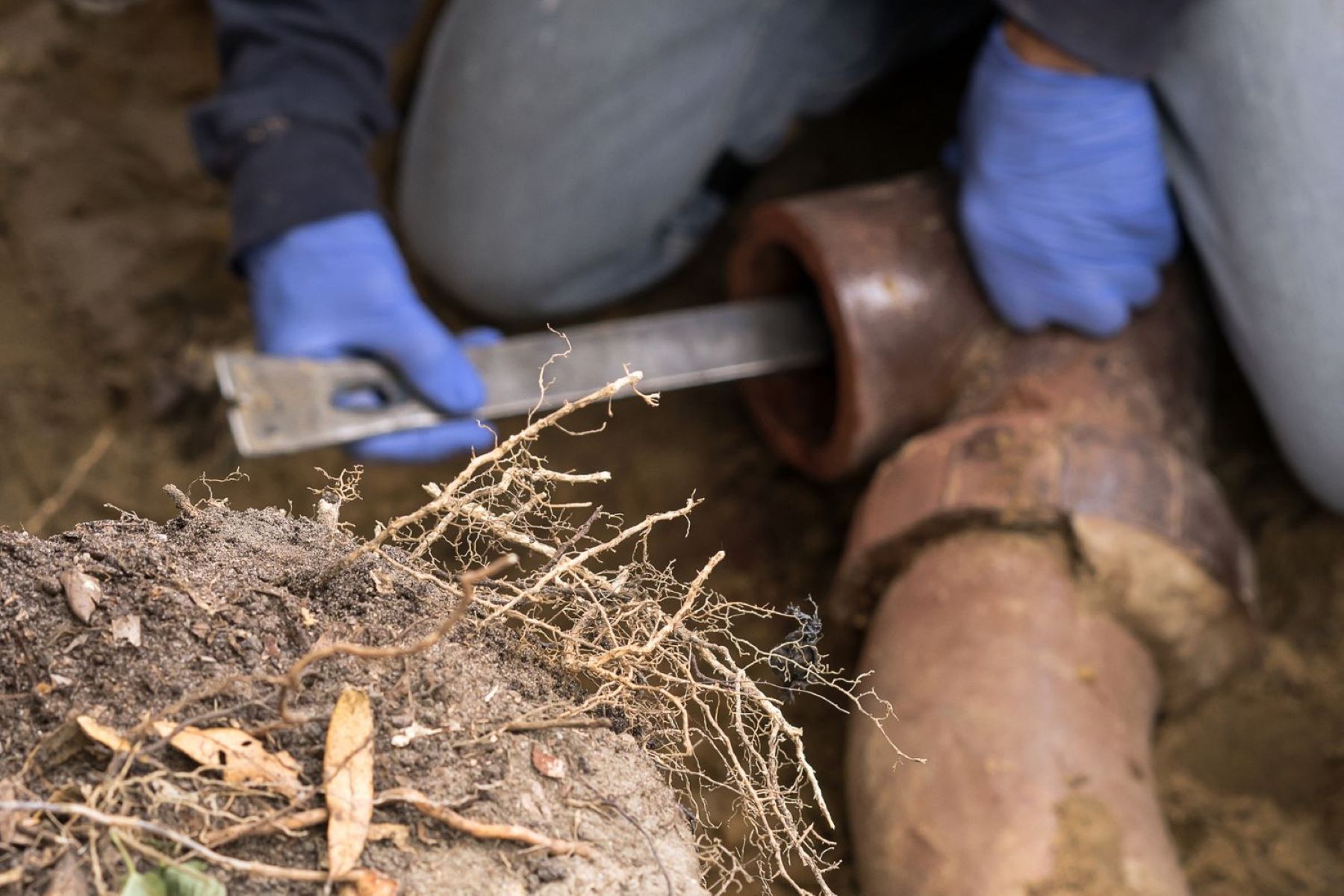
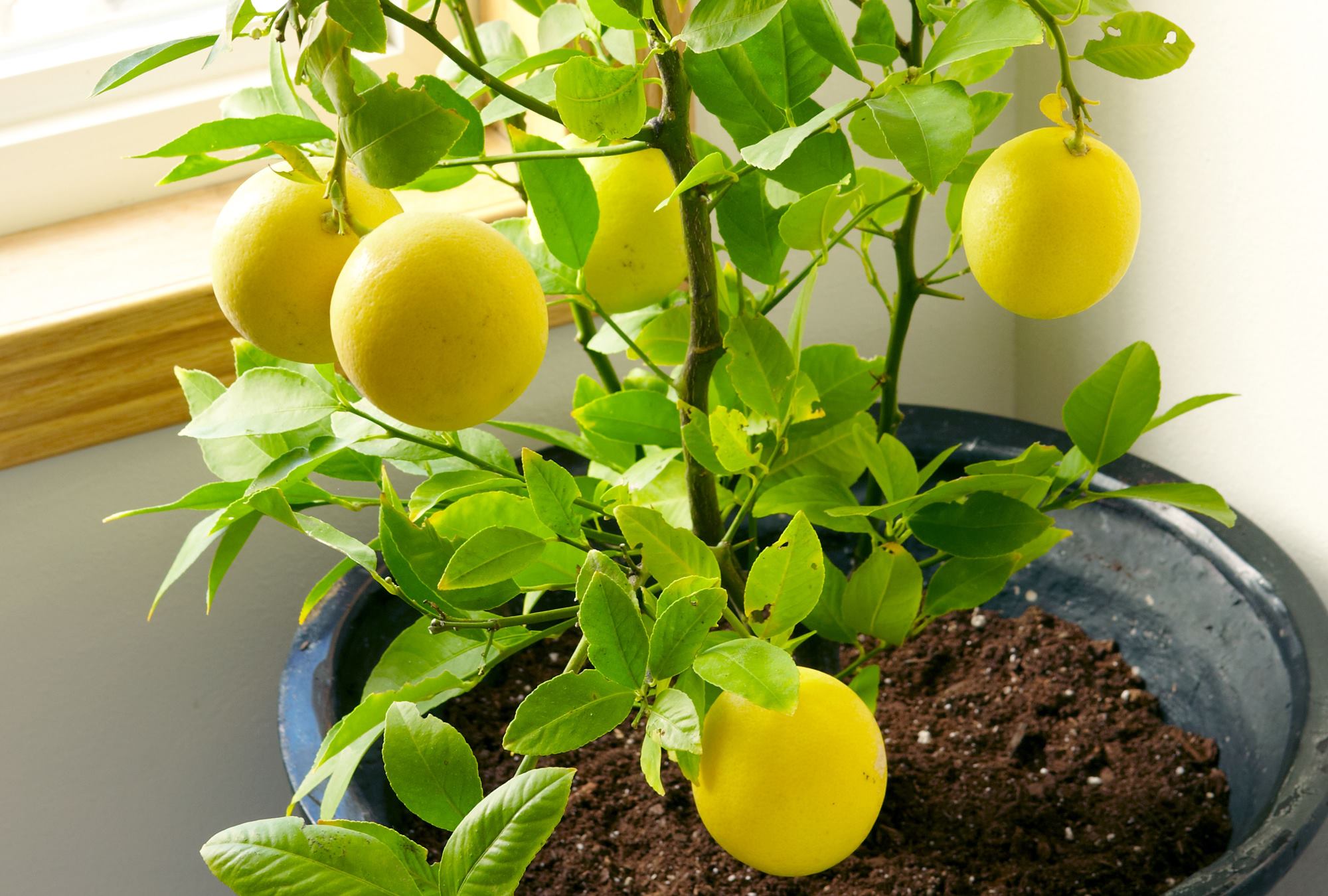
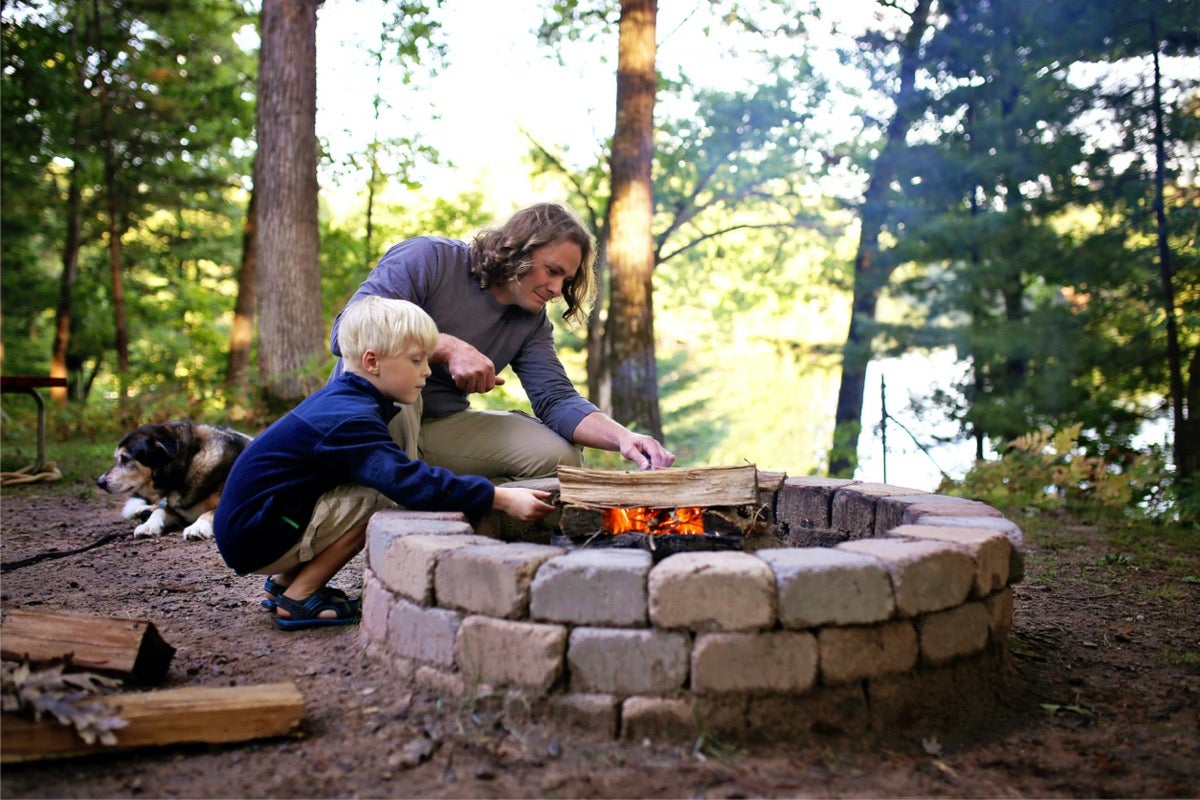
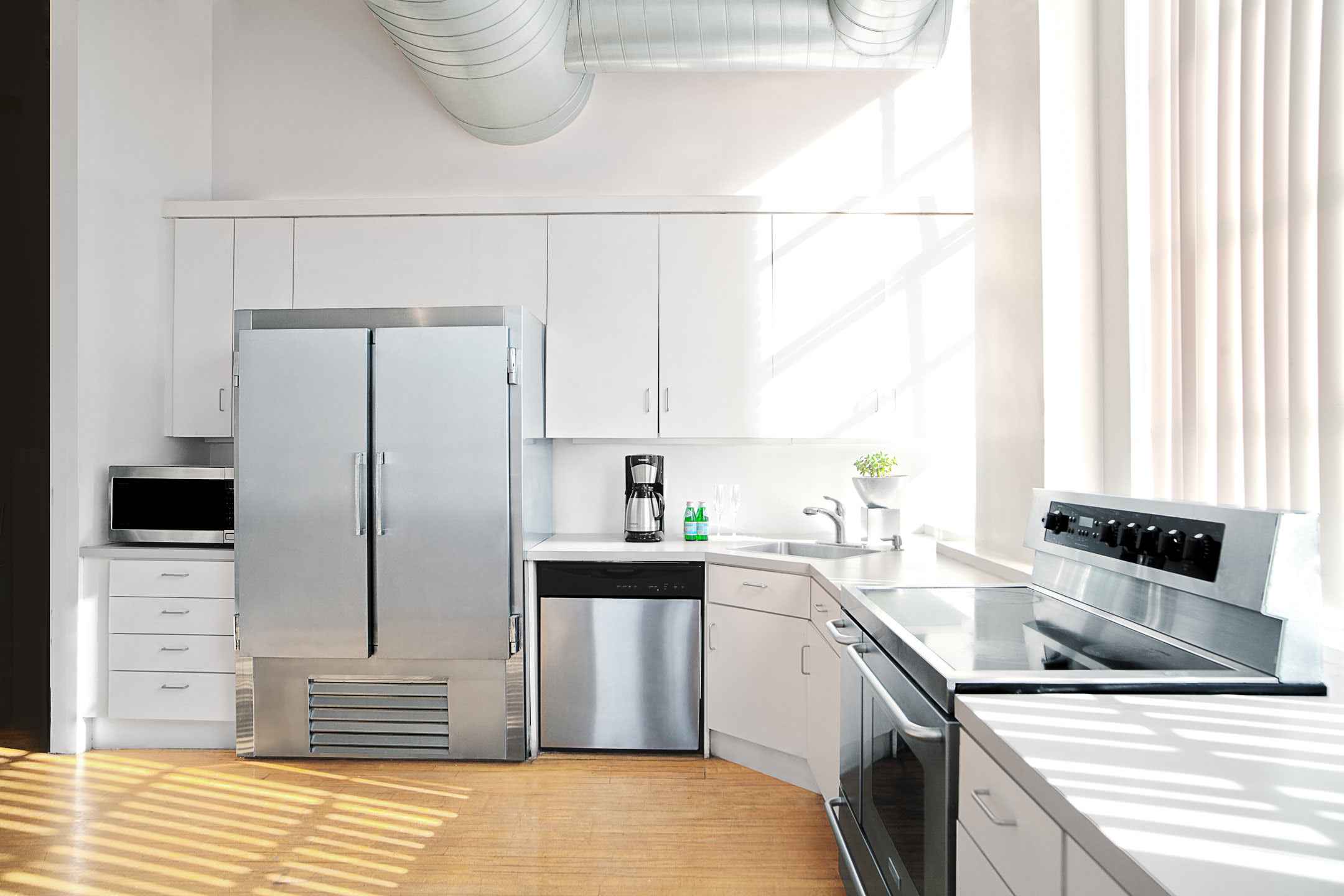
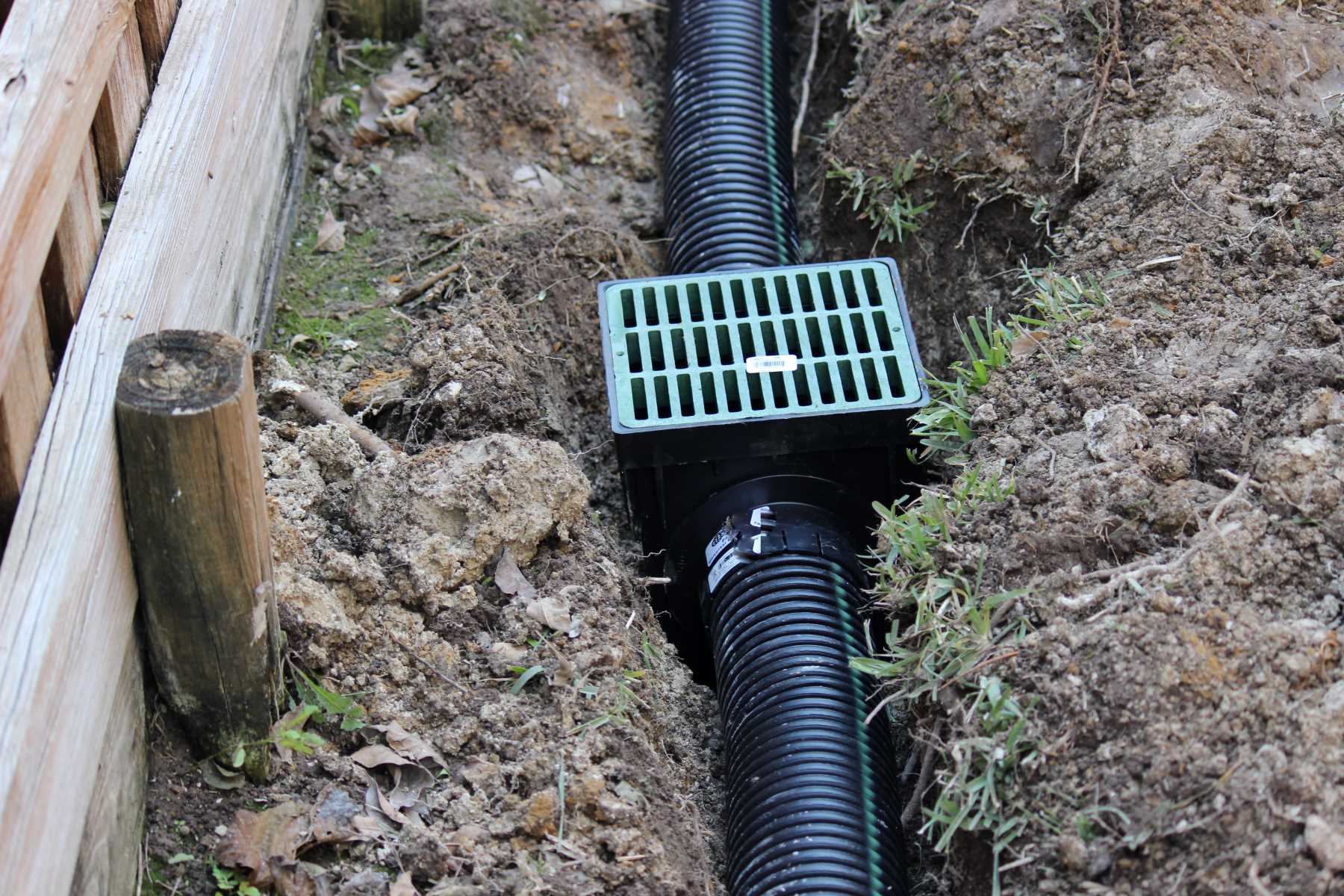
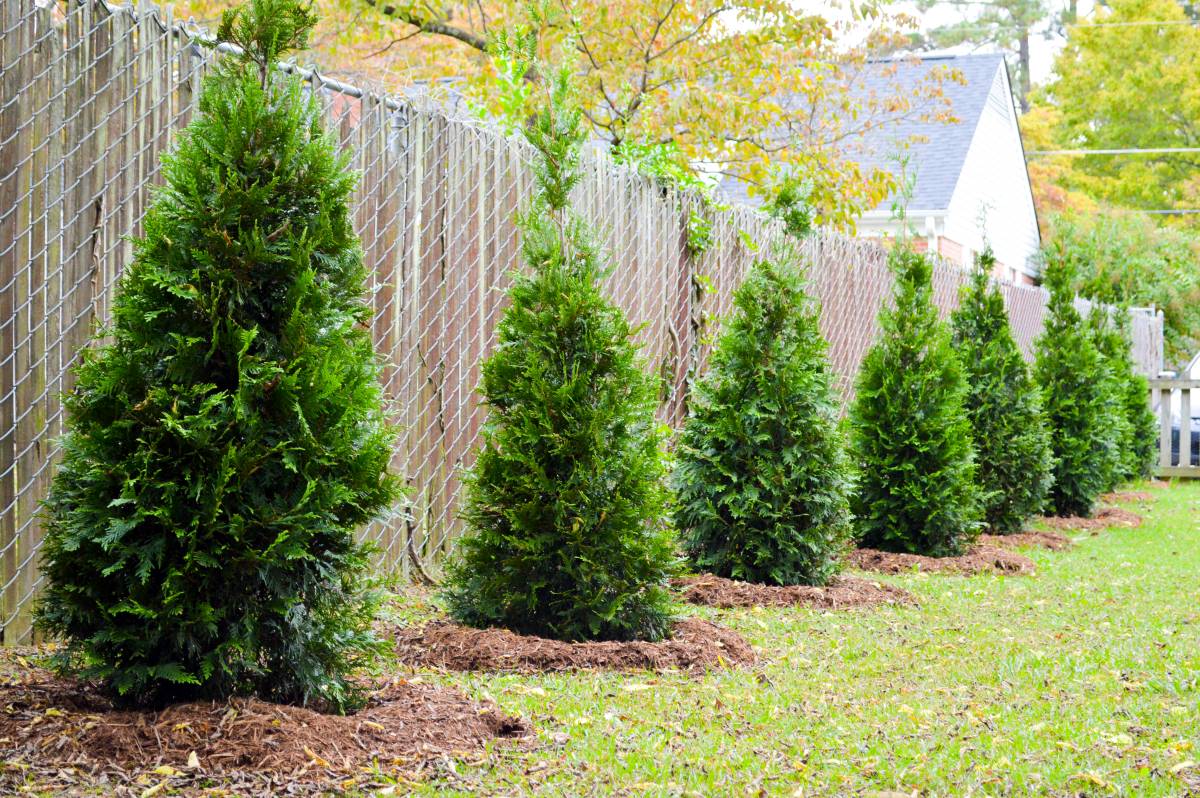
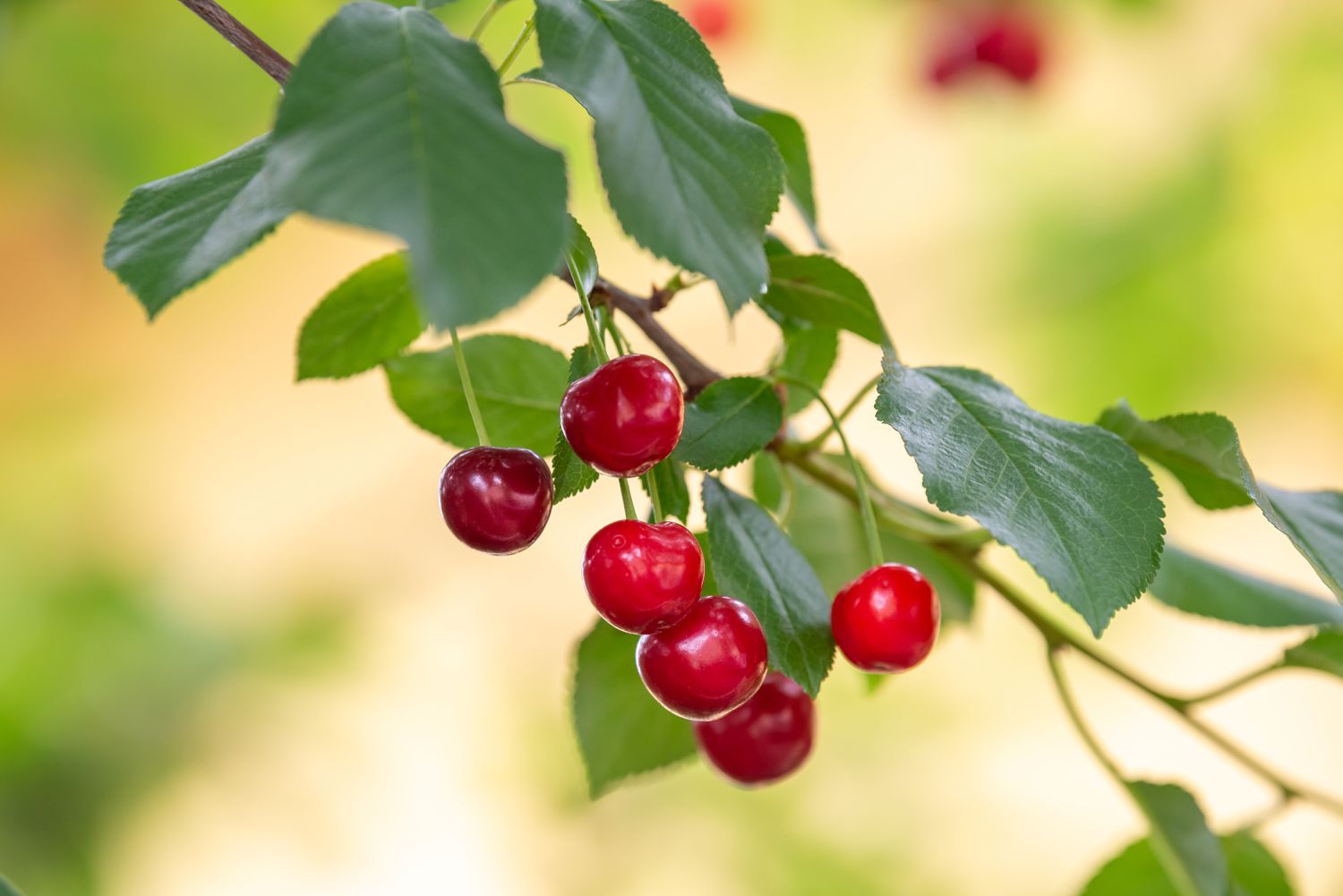
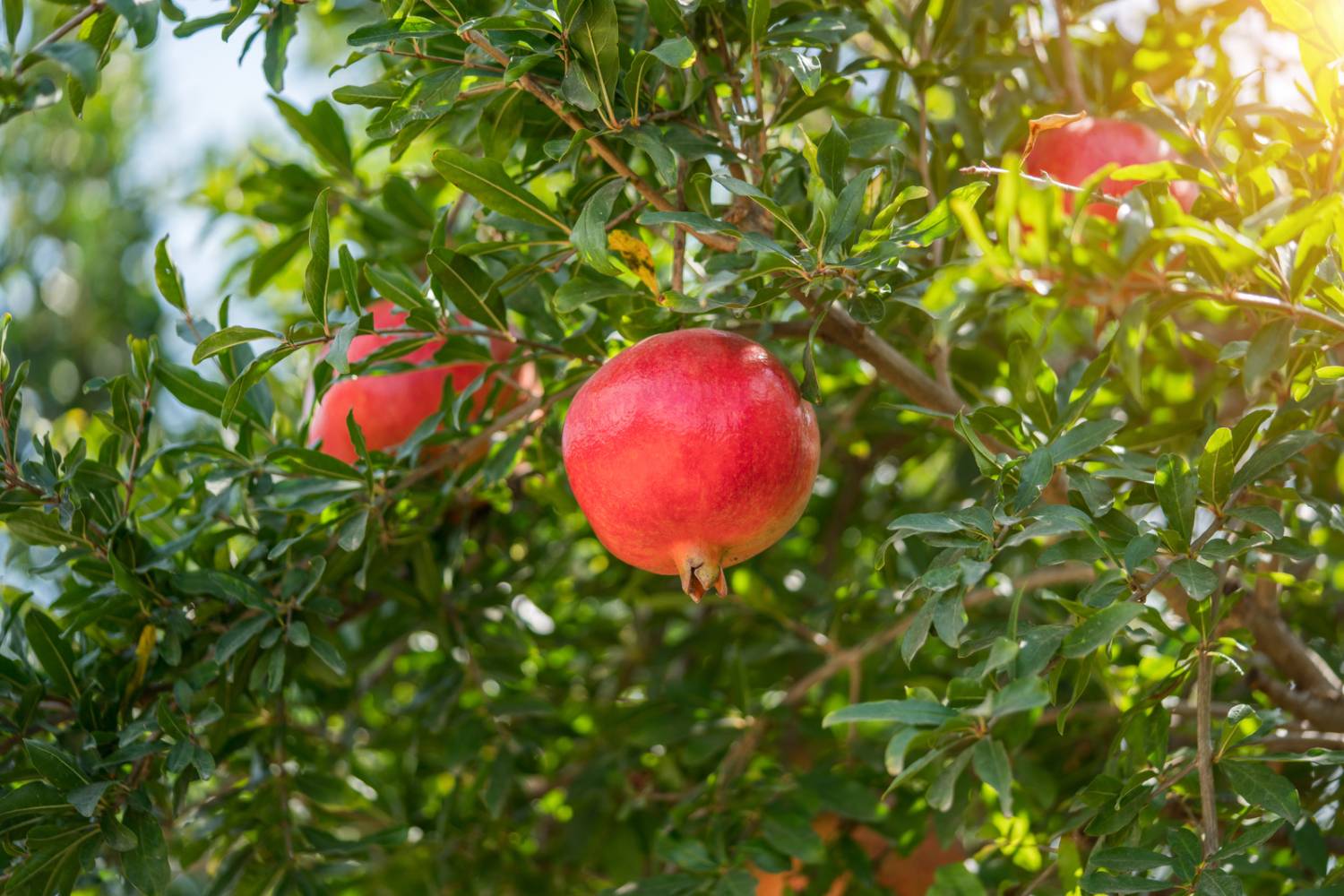
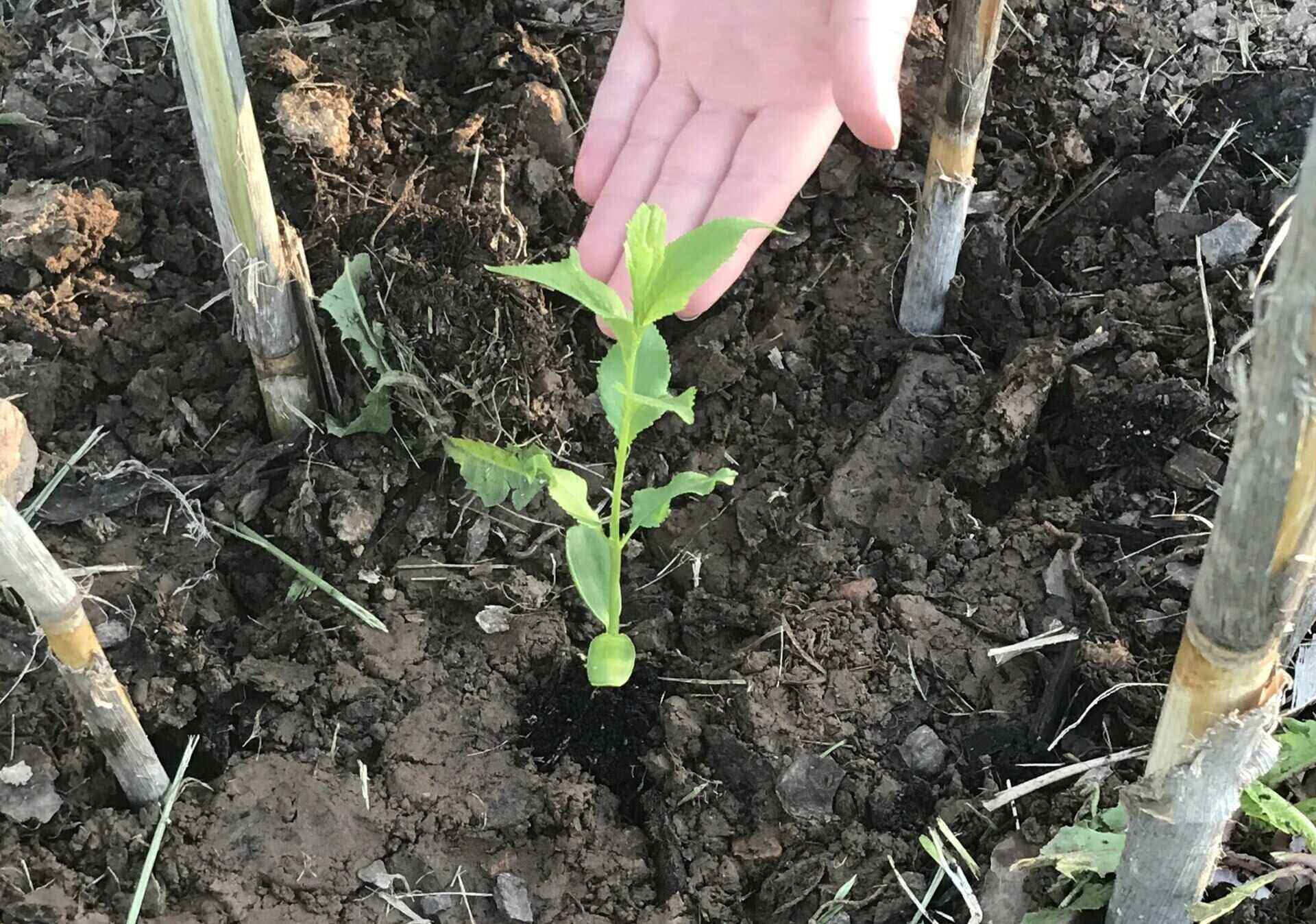
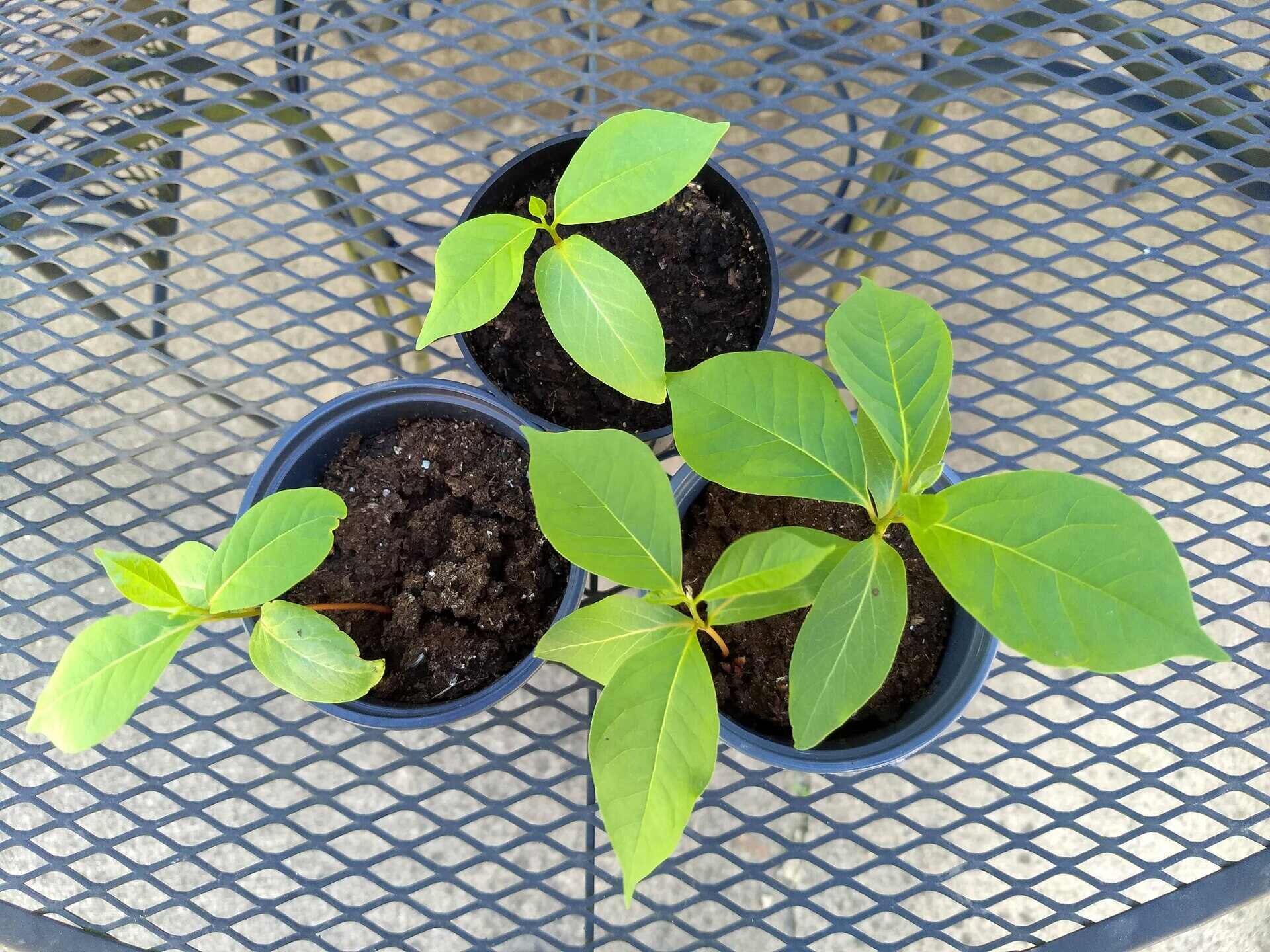
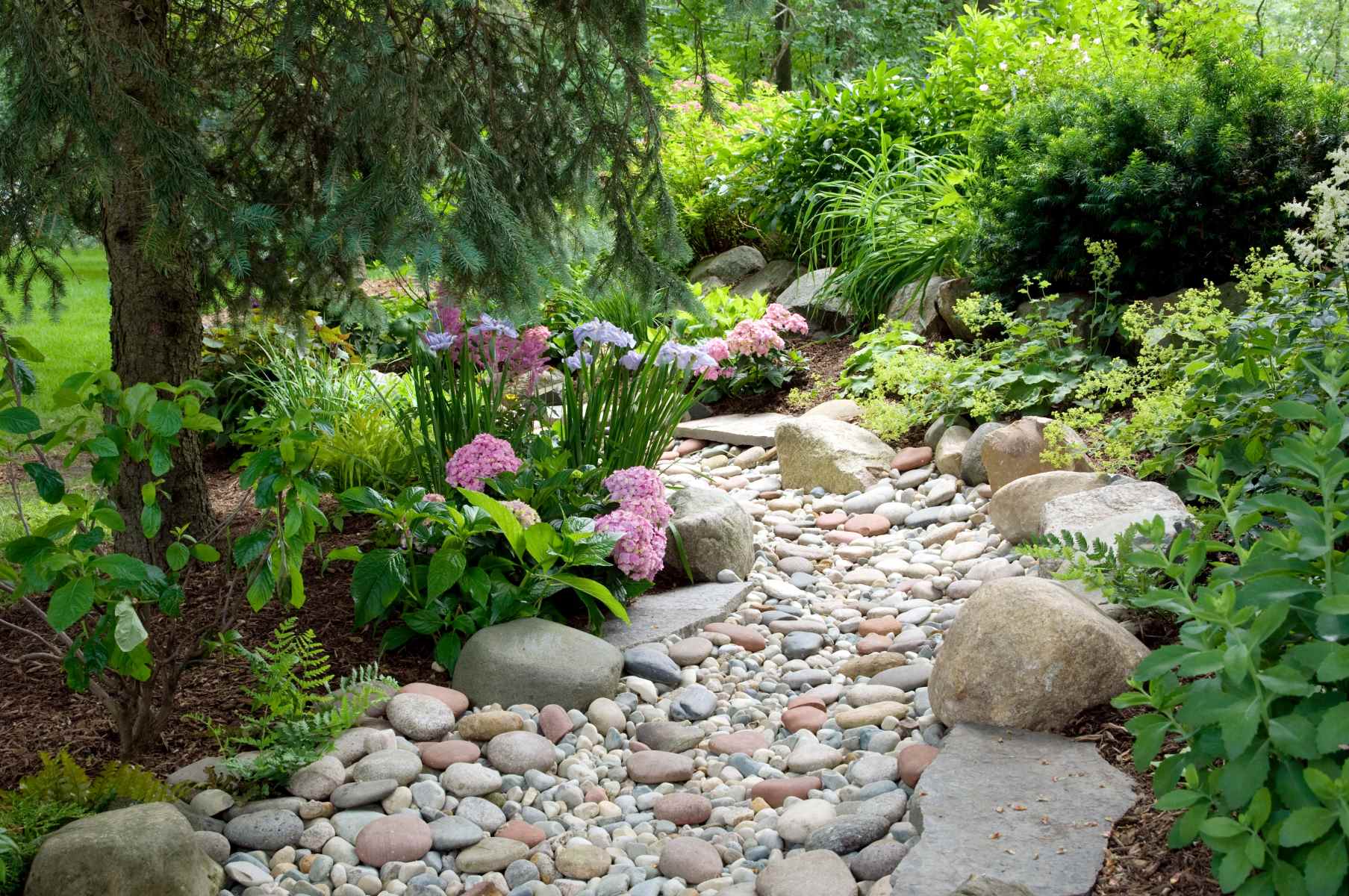
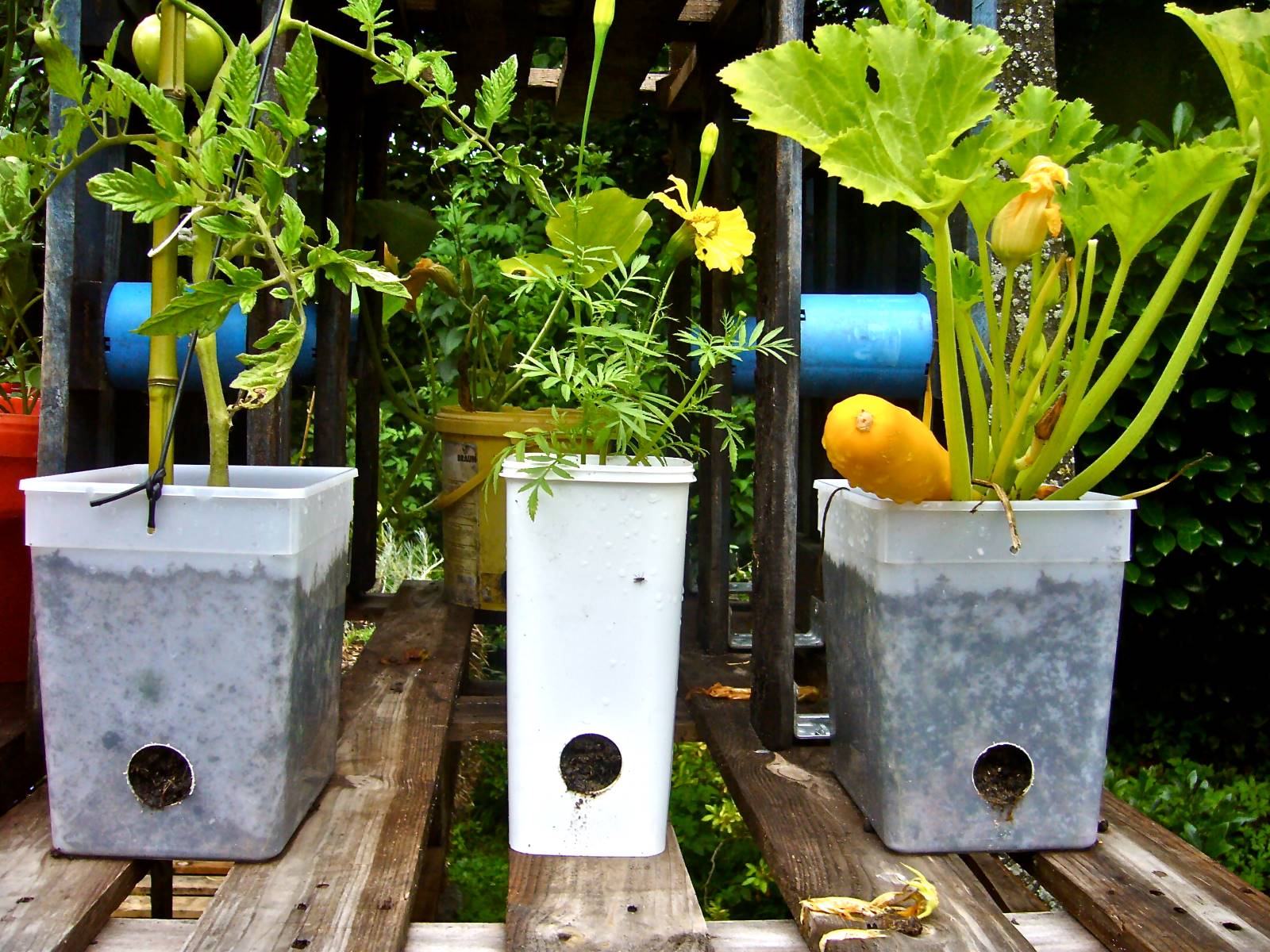
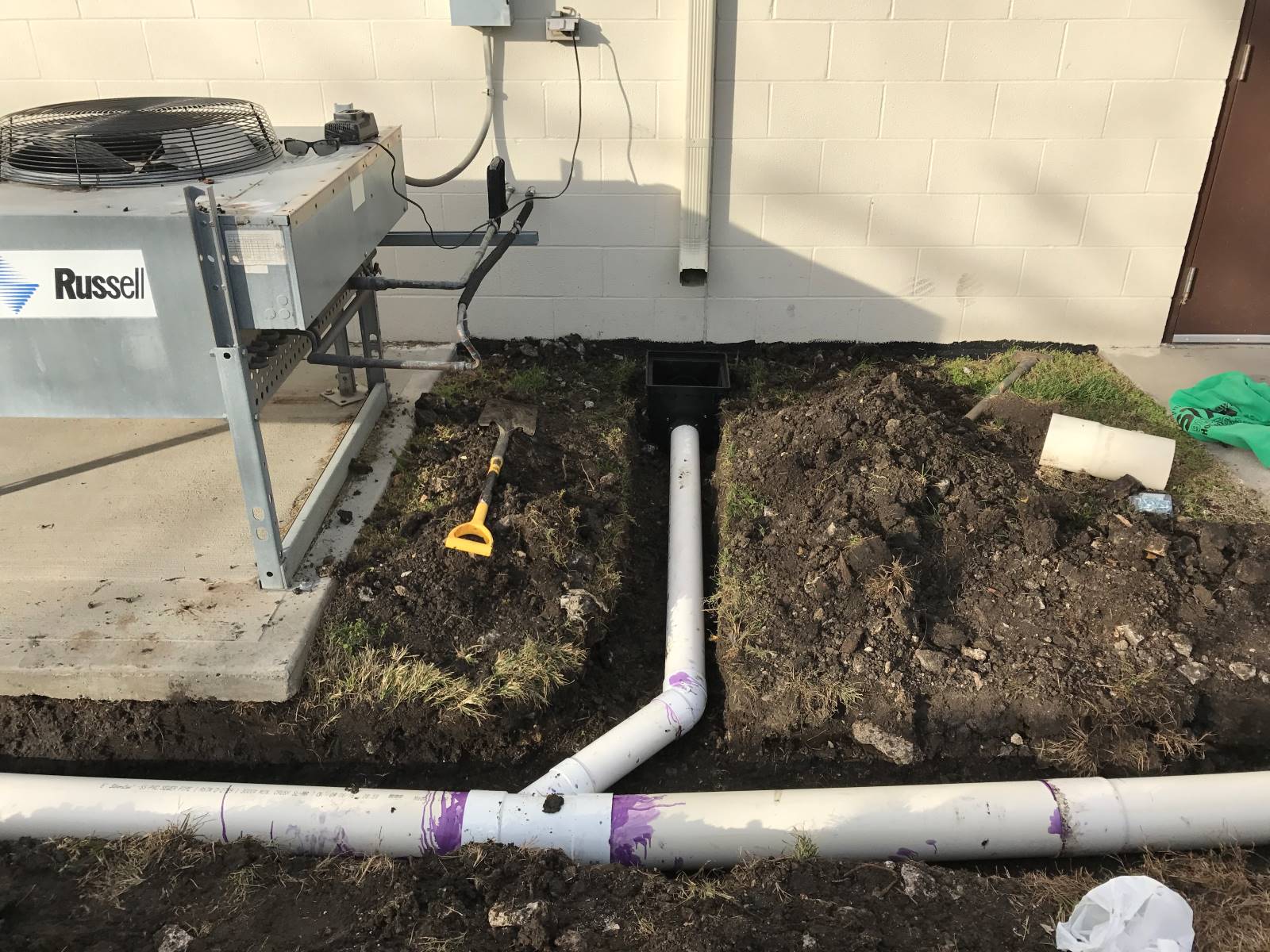


0 thoughts on “How Far Can You Plant A Tree From Drainage Field”